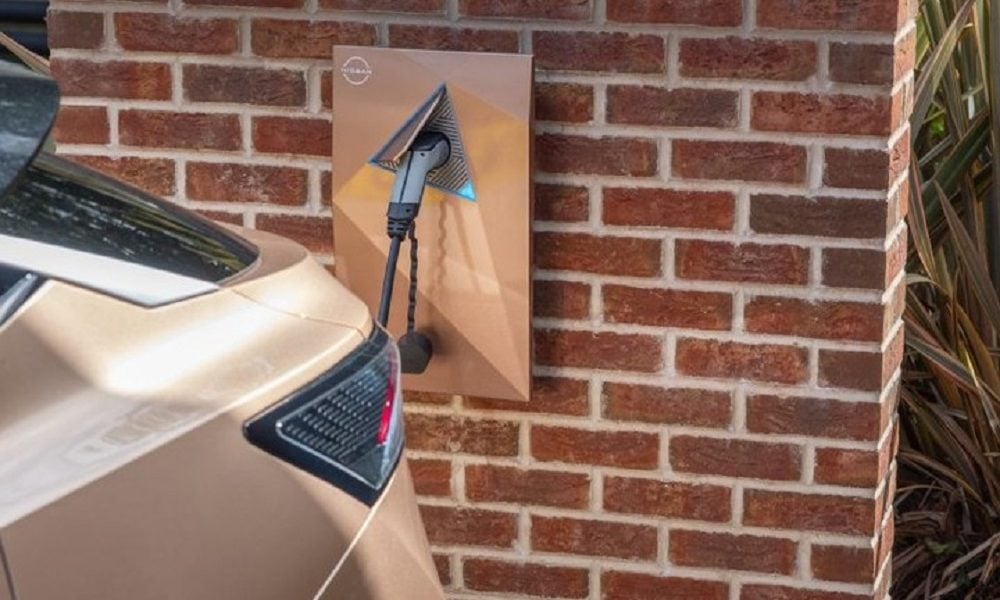
Nissan’s 2026 EV Set to Revolutionize Home Energy with V2G Technology

Nissan’s upcoming 2026 electric vehicle (EV) lineup promises to introduce groundbreaking vehicle-to-grid (V2G) technology, redefining how EVs interact with home energy systems. The Nissan 2026 EV will allow electric cars to power homes or send stored energy back to the grid. This bi-directional feature empowers EV owners to cut energy costs while also contributing to a more sustainable energy system.
What is Vehicle-to-Grid (V2G) Technology?
Vehicle-to-grid (V2G) technology transforms EVs into mobile energy storage units capable of sharing power with homes or the grid. V2G-enabled vehicles can supply power to a household when connected to the grid, reducing reliance on the main energy grid. This feature offers consumers a practical and flexible energy source that benefits both homeowners and local communities.
V2G technology also allows users to sell surplus energy back to the grid during peak times. This not only creates savings but also reduces strain on traditional power sources. By enabling EVs to contribute electricity, V2G systems help create an adaptable energy network to manage changing demands and support renewable energy sources.
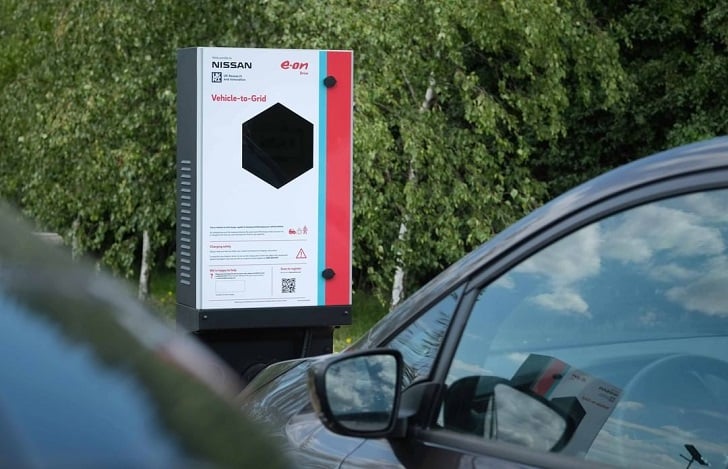
@nissan_greece | Instagram | Vehicle-to-grid (V2G) technology transforms EVs into mobile energy storage units capable of sharing power with homes or the grid.
Nissan’s Pioneering Grid Certification
Recently, Nissan became the first automaker to achieve grid certification for an AC-based V2G system in the UK. This certification allows the upcoming Nissan 2026 EVs to feed energy directly into the UK’s national grid. Working with the University of Nottingham, Nissan validated its AC and DC-based systems, demonstrating their effectiveness in real-world settings. These pilot projects confirmed the systems’ scalability and readiness for a larger market, advancing Nissan’s role as an innovator in sustainable energy technology.
The Nissan 2026 EV’s Affordable Bi-Directional Charging Solution
Nissan’s bidirectional charging solution offers an affordable entry point for V2G technology. The AC-based system in the 2026 EV lineup includes an integrated onboard charger, reducing overall costs to make it accessible to more consumers. By pricing the bidirectional charging solution competitively with traditional chargers, Nissan aims to bring V2G technology to a broader audience. This approach supports Nissan’s long-term mission to create a connected energy-sharing network across the UK and Europe, increasing consumer adoption.
In addition to affordability, this system empowers users to make better energy choices. It’s an innovation that delivers practical benefits, including greater energy independence, cost savings, and the flexibility to adjust energy use based on personal and environmental needs.
Empowering Consumers with Control Over Energy
The Nissan 2026 EV’s V2G system offers owners control over their energy use through an intuitive app. This app allows consumers to monitor their vehicle’s energy flow and choose when to power their home or transfer energy to the grid. This flexibility lets consumers maximize their savings, particularly during peak energy periods, aligning with Nissan’s goal of creating a carbon-free, sustainable ecosystem that offers real value to EV owners.

@_caroto.gr | Instagram | The Nissan 2026 EV’s V2G system offers owners control over their energy use through an intuitive app.
Supporting Renewable Energy and Reducing Fossil Fuel Dependency
The integration of V2G technology supports renewable energy use by positioning EVs as an essential part of the energy storage ecosystem. V2G-enabled EVs can store surplus power generated during peak production when paired with renewable energy sources like solar or wind. Then, they can release it back into the grid when demand surges, helping reduce reliance on fossil fuels. This setup ensures a consistent energy supply, even during low renewable output, making better use of clean energy resources.
Nissan’s V2G technology contributes to an adaptable energy system by leveraging renewable energy. This design reduces the demand for fossil fuels and provides a cleaner energy supply, supporting global sustainability goals and reducing overall emissions.
Advancing Nissan’s Long-Term Vision for a Sustainable Future
The V2G technology in Nissan’s 2026 EVs aligns closely with the company’s core strategies, including The Arc business plan and Ambition 2030. Nissan aims to provide unique features, such as V2G, through The Arc to meet evolving consumer needs. Ambition 2030 reinforces Nissan’s commitment to reducing carbon emissions and advancing the shift toward sustainable energy sources. This focus highlights Nissan’s mission to create a cleaner, safer, and more inclusive world for future generations.
Expanding V2G Solutions Across European Markets
After launching in the UK, Nissan plans to introduce V2G solutions in several European markets, adapting to local infrastructure and regulatory requirements. This expansion will encourage broader adoption of V2G technology and help strengthen Europe’s renewable energy systems. By bringing V2G capabilities to multiple markets, Nissan aims to empower consumers to participate actively in energy sharing, making it easier for individuals and communities to support a sustainable energy future.
More inAuto News
-
`
Adults in Ohio Face Stricter Rules to Obtain Driver’s License
Ohio has passed a new law that will change the way adults under 21 get their driver’s licenses. Signed into law...
July 31, 2025 -
`
Gen Z Craves Career Guidance, But Their Parents Are Struggling Too
Gen Z is stepping into the future with curiosity and ambition—but they’re not doing it alone. A growing number of teens...
July 25, 2025 -
`
Do Car Insurance Companies Offer Pay-As-You-Go Plans?
Car insurance premiums often feel unfair to people who rarely drive. Yet, most traditional auto policies still charge a fixed monthly...
July 17, 2025 -
`
Why the Koenigsegg Sadair Spear Is the Ultimate Hypercar Beast
Koenigsegg has revealed a new beast—the Sadair’s Spear. Tuning its focus on raw performance and brutal speed, this hypercar marks the...
July 11, 2025 -
`
Which States Have the Safest—and Riskiest—Drivers in America?
Driving safety isn’t just about skill. It’s also about location. A recent nationwide report shines a spotlight on where drivers are...
July 4, 2025 -
`
How to Save on Tesla Car Insurance Without Compromising Coverage
Owning a Tesla often brings savings on fuel and a futuristic driving experience, but the conversation changes quickly when it comes...
June 26, 2025 -
`
10 Weird Cars That Turned Heads and Won Hearts
Some cars turn heads with speed, others with luxury—but a rare few grab your attention simply by being delightfully strange. From...
June 20, 2025 -
`
Next-Gen Jeep Cherokee Expected to Arrive by Late 2025
After a break of two years, Jeep is prepared to relaunch the Cherokee brand. The automaker confirmed the return with fresh...
June 12, 2025 -
`
9 Tips to Make Night Driving Safer and Less Frightening
Once the sun dips below the horizon, driving becomes more than just a commute—it becomes a challenge. Limited visibility, harsh glares,...
June 6, 2025



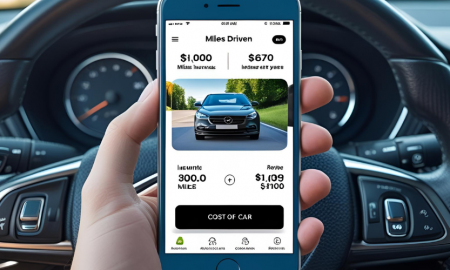
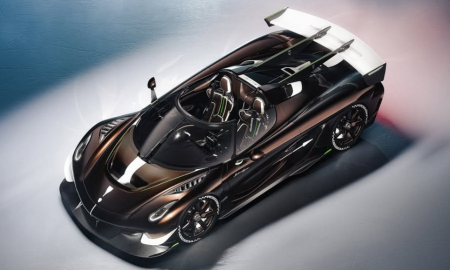

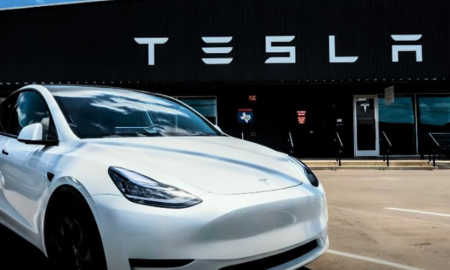








You must be logged in to post a comment Login